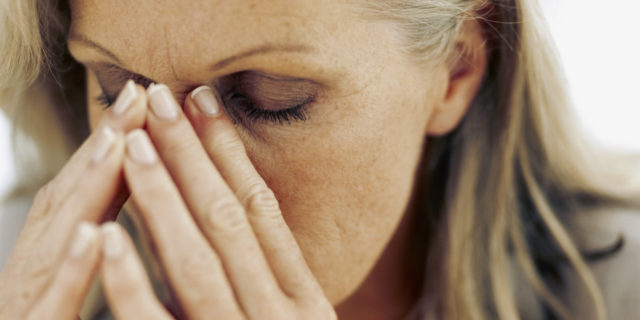My 2025 in review: Health Edition
General health appointments: 5
Specialist appointments: 12 (rhuemotology, ophthalmology, podiatry, endocrinology)
Allergy: 20 appointments, 76 allergy shots
Infusion: 13 appointments, 32.5 hours sitting in the infusion center
Imaging/testing (not labs): 2 MRIs, 2 1-week long heart monitors, 1 stress test, 1 tilt table test, 1 heart ultrasound
Mobility aids: 2 mobility aids added to my daily routine
- - - - -
Pre syncope episodes: 3
Vertigo episodes: 5
Anxiety Attacks: 2
I’m proud of myself for speaking up to my doctors about a symptom I’ve experienced my whole life but no one has ever looked into. I’m proud of all the ground techniques I’ve learned this year. I’m happy I found 2 apps that help me with mental health and health record keeping. I’m also very proud of my mom who started her chronic health journey with Parkinson’s this year. She is going to speech classes and sharing information with us (family). Her new diagnosis is frustrating and exhausting but she’s learning and still doing things she loves. 2026, please be gentle to us.
#Uveitis #Glaucoma #ParkinsonsDisease #MentalHealth #Anxiety #ChronicPain #Presyncope #NeurocardiogenicSyncope #AutoimmuneDiseases







